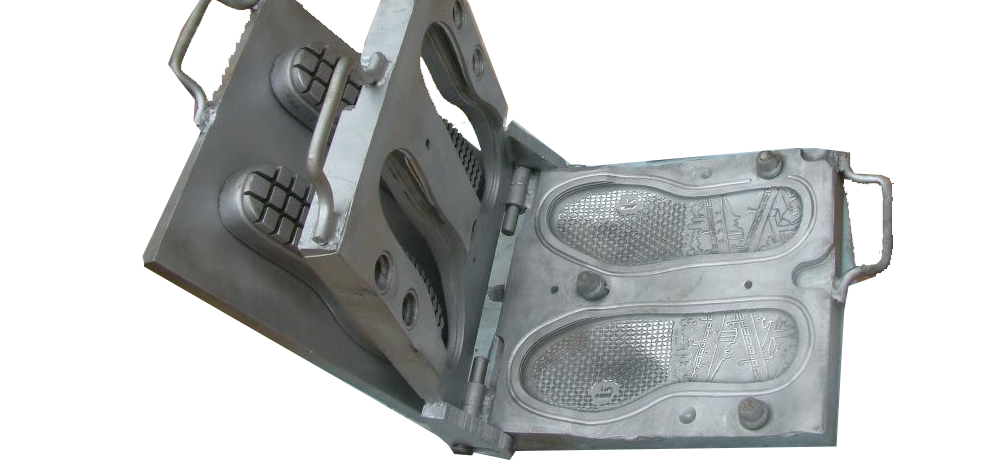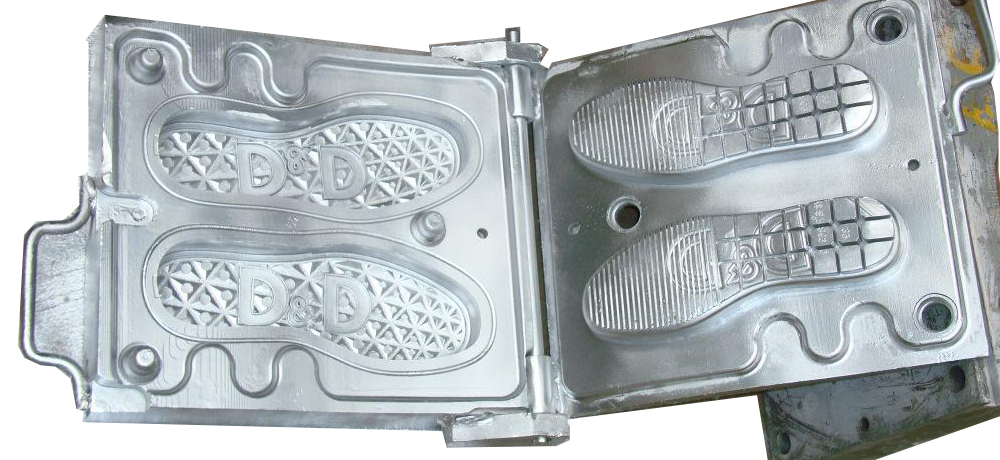Rubber mold mould
Rubber molds are primarily used in process environments that require enhanced molding pressure or transfer molding pressure. Rubber molds are very useful when it is difficult for vacuum bags to enter the recessed areas of complex cavities. For example, when a vertical part of a stiffened panel is formed, the expansion of the rubber mold subjects the side of the vertical part in the part to process pressure. There are two basic forms of rubber mold application, fixed volume and variable volume.
In the fixed volume method, the part and the rubber material are completely enclosed in a tumbling metal frame, and the expansion of the rubber is effective to subject the workpiece to a uniform fluid pressure. In the variable volume method, a vacuum bag or soft flexible platen is placed over the rubber mold so that it is no longer necessary to accurately calculate the volume of the rubber mold. The most basic way of rubber mold is as a simple template between the vacuum bag and the part, or as a rubber backing plate in the part that is difficult to compact. Rubber inserts are commonly used for composite bridging, vacuum bags that result in insufficient compaction of the part and a small radius of curvature and possible vacuum pockets
Broken place. The biggest disadvantage of rubber molds is their short service life. After 30 cycles of advanced composite molding hot pressing cycles, most rubber molds will undergo serious degradation.

Rubber mold mould
The main raw materials of rubber products are raw rubber, various compounding agents, and fiber and metal materials as skeleton materials. The basic production process of rubber products includes six basic processes of mastication, mixing, calendering, extrusion, molding and vulcanization. .
The rubber processing process is mainly to solve the contradiction between plasticity and elasticity. Through various processing means, the elastic rubber becomes a plasticized plastic compound, and a semi-finished product is prepared by adding various compounding agents, and then it is plasticized by vulcanization. The semi-finished products are turned into rubber products with high elasticity and good physical and mechanical properties.
